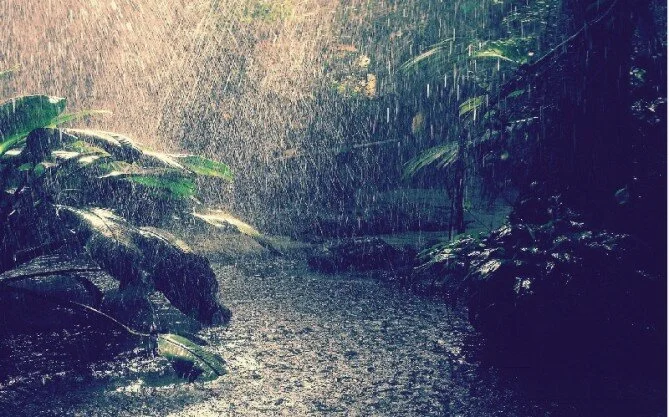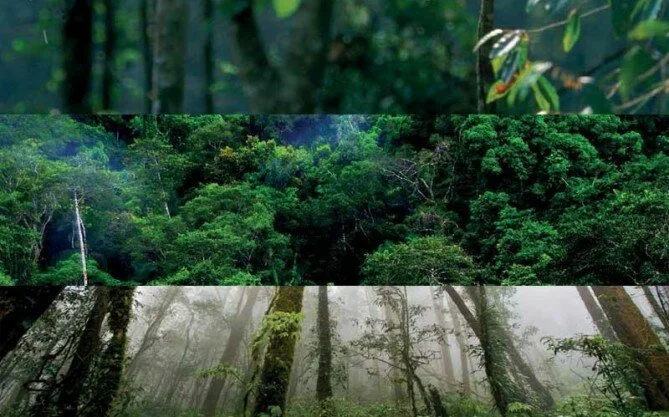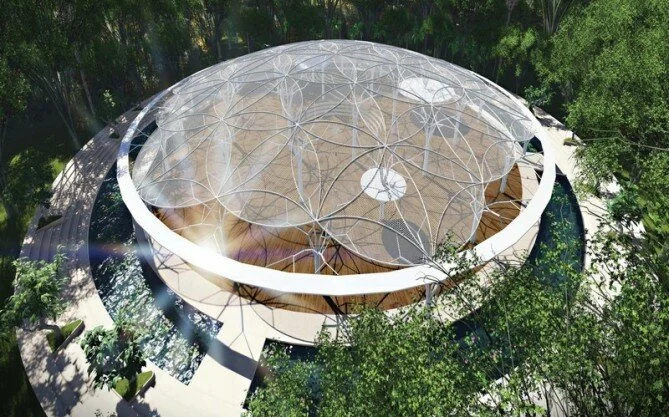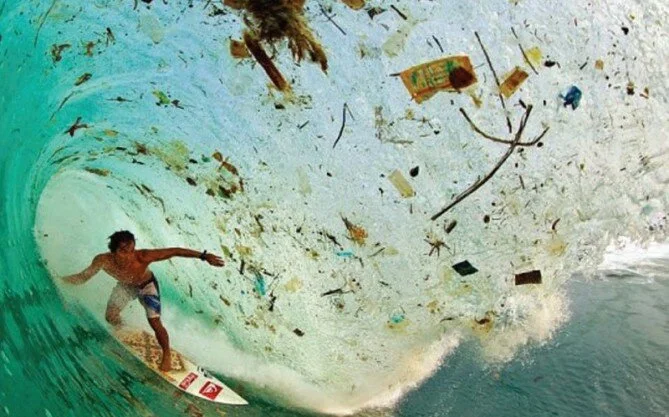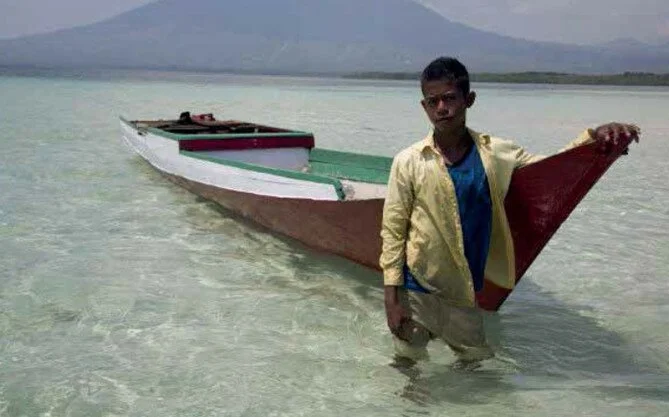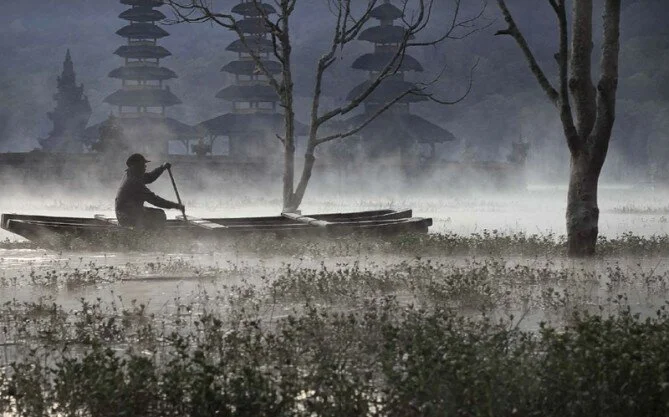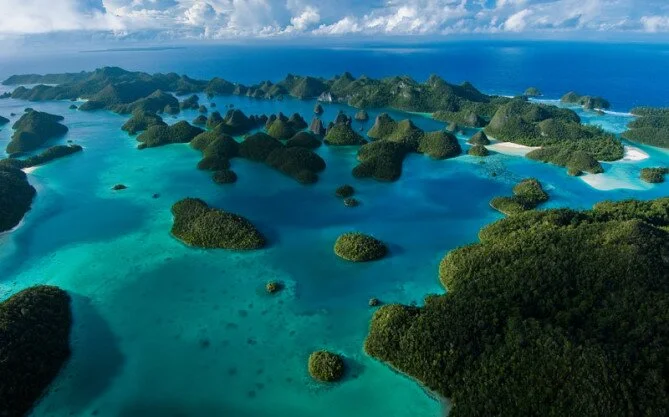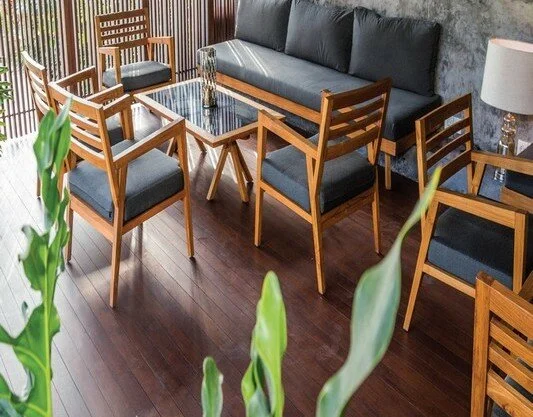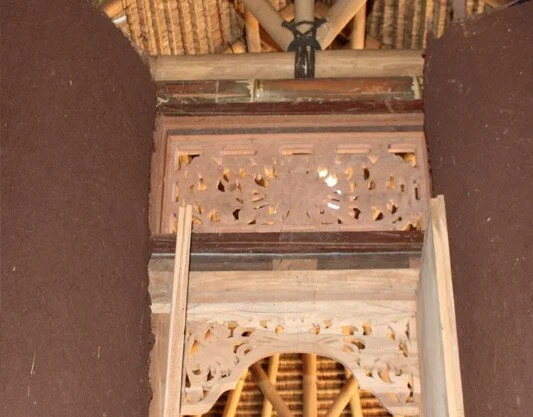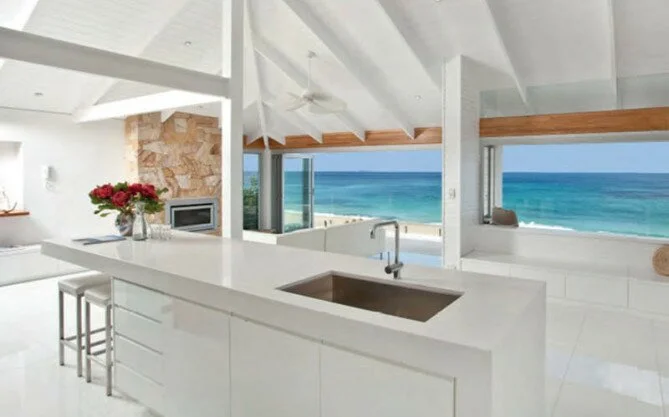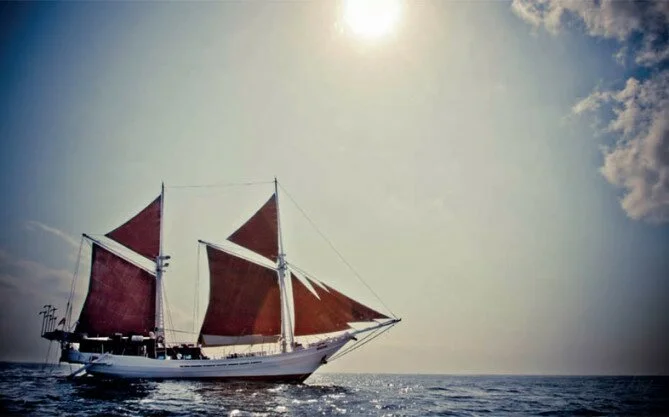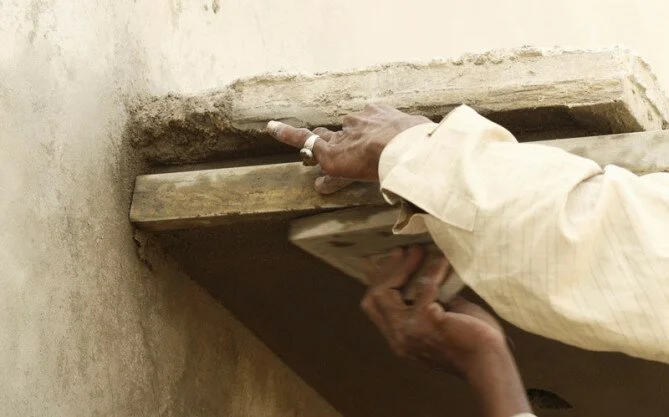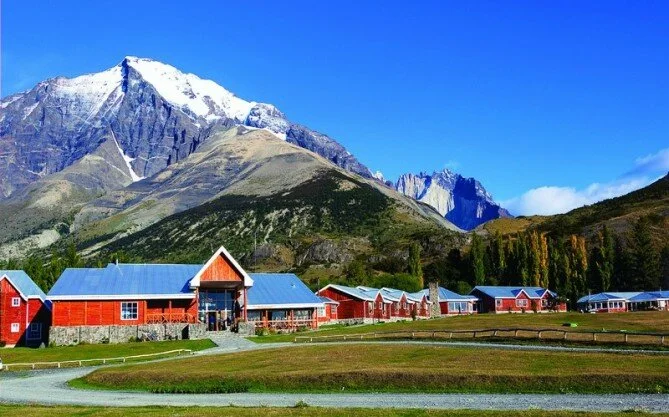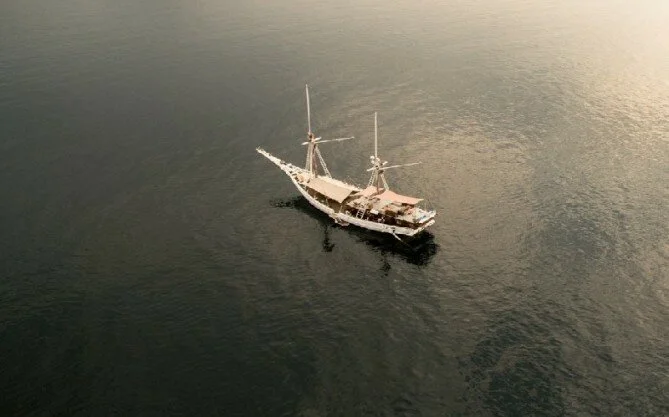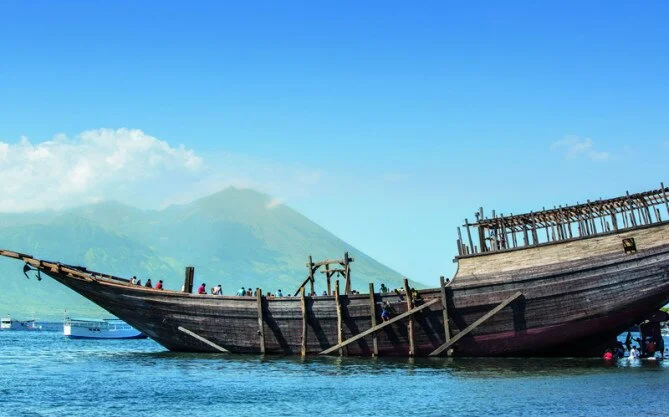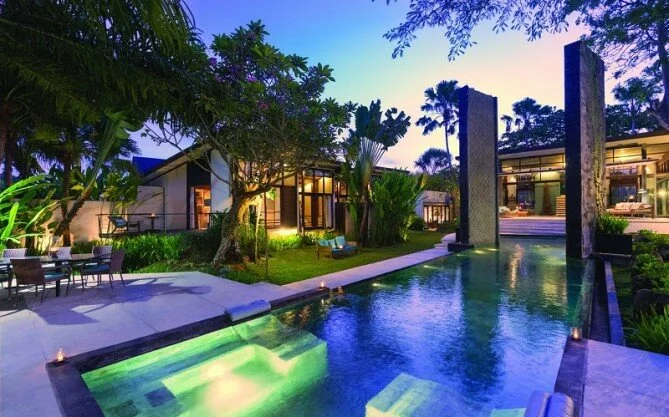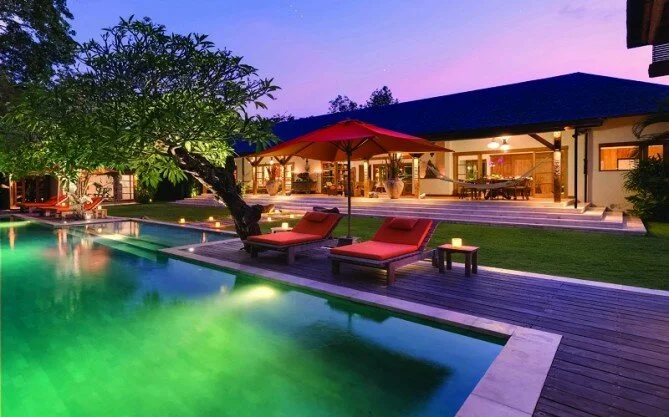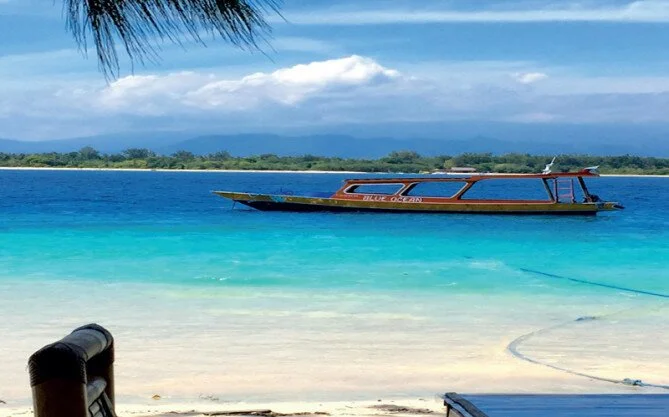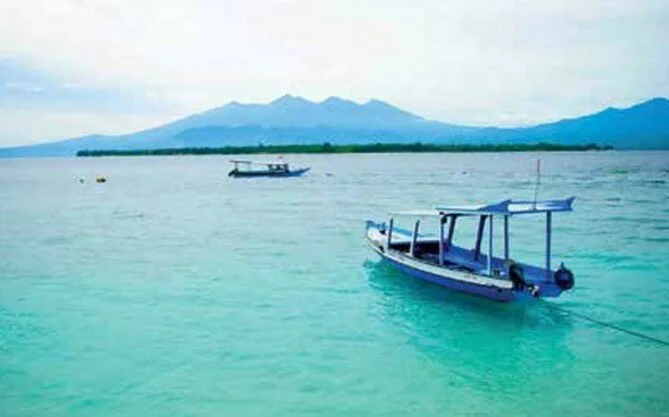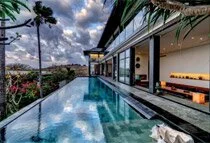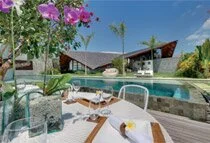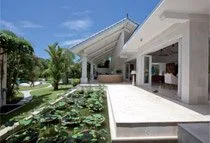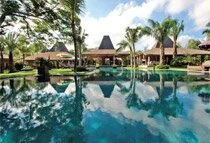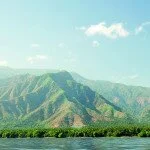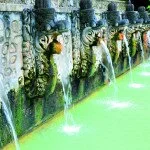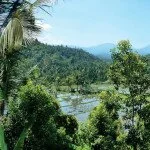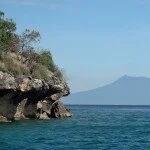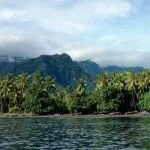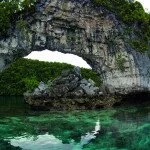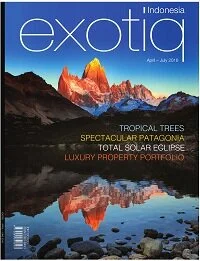The incredible variety of the North Bali countryside, its scenery, local traditions and artistic culture, together with calm waters, a national park and an altogether slower pace of life, creates a real contrast to the other parts of the island, and a highly desirable destination for an increasing number of people looking to diversify their Bali experience.
Most importantly perhaps for investors, a foreigner-friendly local government, new communications infrastructure, abundant land at affordable prices, and most importantly, two new toll roads running north to south and an international airport at Kubutambahan having been given the green light by Central Government, are pushing all the right buttons for the area’s desirability for investment, meaning the area is set to boom.
The 150km-long shoreline stretches from Pemuteran in the west to Amed in the east, with popular spots such as Lovina & Sererit, Tejekula & Air Sanih, and Talumben & Kubu in between, each offering a huge amount of potential property investment with a wide variety of aspects including beachfront, rice fields, jungle and mountainside with absolutely stunning sea views; something the South (the Bukit apart with its now limited supply) just doesn’t have – with prices for mountainside land starting at IDR 10 million/ are and absolute beachfront at IDR 100 – 125 million/ are.
“Prices are still at a relatively low level compared to the South, and you can have a villa on the ocean in North Bali for (US) $250,000, while in the South the same villa would cost you a million dollars plus,” says Dominique Gallmann, CEO and founder of Exotiq Property. “With the already unbelievable physical and natural beauty of the North and the upcoming major infrastructure developments nearly that North Bali will get, and deserves, a lot more attention from prospective buyers in the near future.”
There are already a lot of foreigners in North Bali who have bought land both for private residences and tourism developments, and they cite the relaxing lifestyle and slower pace of life as the reason for their success. “We love it here,” says Ulrik Cordt Rasmussen, owner of the Kubu Indah Dive & Spa Resort. “There’s less rainfall, we have more sunny days, and of course the diving and snorkelling are great. When we first arrived five years ago and built our resort there not much going on, but in that time the property prices in our area have gone up massively, and while land sales may not be moving at an overly fast pace, enquiries that do come in tend to be solid,” he says. “There are no window shoppers, just serious buyers.”
Drive along the coast road in North Bali and from the amount of digging and cables being unfurled, it’s clear that infrastructure improvements are also big on the agenda. In Tejakula, local hotelier Jochen Hasenbach, owner of Cili Emas Oceanside Resort, has a two-hectare investment plot of land high up on the hillside overlooking the ocean, and he was planning to pave the access road to the land and install water and power to make it more attractive to potential buyers, when the local government came along unannounced and did it all as part of the region’s master plan to improve the lot of both its people, and to encourage investment.
In the administrative capital of the North, Singaraja, the local government is putting in a big effort to make it as easy as possible for foreigners to invest in North Bali, not least in its public face, with bright new offices and an easy bureaucracy making life much smootherfor foreign investors and residents to dobusiness. “It is so much easier and fasterfor companies to operate up here,” says Hasenbach. “At the new tax office they are very helpful; they are friendly, they speak English well, and tell you exactly what you need to pay – and without any hidden fees!”
“The local government supports foreign investment companies and the handlingand granting of permits is very efficient. Unlike in the busy South, here in the North you can get everything faster – we got our building permit (IMB) within a few weeks,” says Hasenbach, “whereas friends of ours in the South have been waiting months. We even had a personal thank you from the Bupati (head of the region) for investing here.” Can the North, and more importantly its environment, handle the influx of tourists and investors that will certainly descend upon it? Agung Prana certainly thinks so, but warns that . . . “care must be taken from the community level as well as from Central Government.”
Prana is the founder of the Taman Sari Resort in Pemuteran and an expert advisor to the Bali Tourism Board, and holds a lot of sway with government and local people. To try to ensure that the North develops quality and sustainable tourism along the successful lines of Pemuteran, where he has played an integral role in creating a ‘model for tourism’, Agung has invited over 300 village heads from across North Bali to a conference to be held later this year, to advise them on the errors of overdevelopment in the South and to try to get them to follow a more sustainable form of growth and tourism expansion. “North Bali has so much potential for growth and development,’ says Prana, “but only if it’s handled in a sustainable way. That means from the grass roots community, right through local and central governments, through to the business owners and investors themselves; everyone must share the same vision for the future to make North Bali’s future a success.” MT


